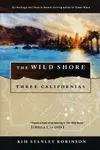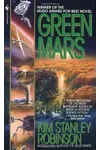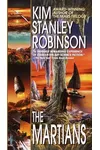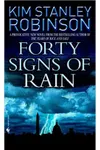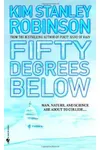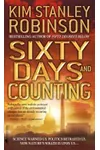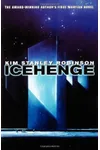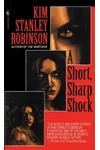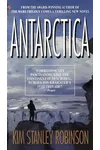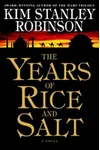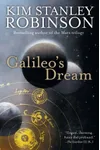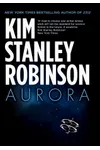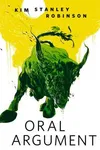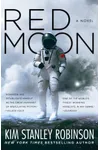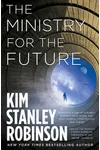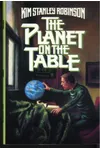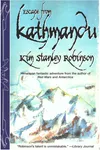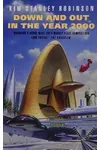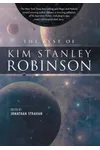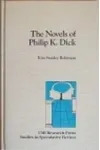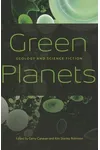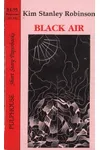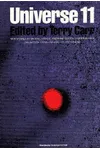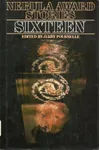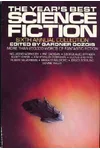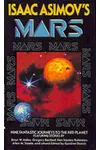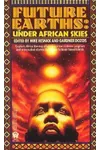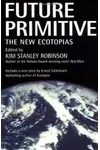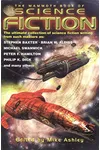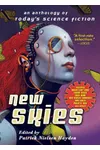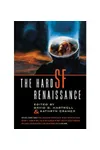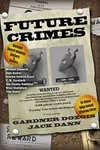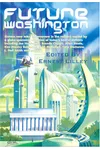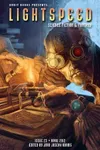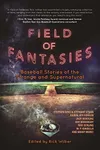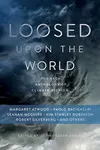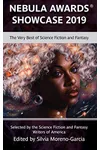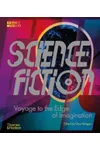Picture an American visionary who turned the red sands of Mars into a saga of human hope and struggle—meet Kim Stanley Robinson! Born in 1952, this science fiction maestro weaves ecological and societal questions into gripping narratives, earning him a devoted following and multiple awards. His stories aren’t just tales; they’re blueprints for sustainable futures.
With his acclaimed Mars trilogy and novels like Ministry for the Future, Robinson challenges us to rethink our planet’s path. Ready to dive into a world where science meets storytelling? Let’s explore the life and legacy of this literary pioneer.
The Making of Kim Stanley Robinson
Born in Waukegan, Illinois, Kim Stanley Robinson grew up in California, where the landscapes of Orange County sparked his love for nature. He earned a Ph.D. in English from UC San Diego, studying under the legendary Fredric Jameson. His academic roots and fascination with science shaped his career, blending rigorous research with speculative wonder. By the 1980s, Robinson was publishing short stories, laying the groundwork for his epic novels.
Kim Stanley Robinson’s Unforgettable Stories
Robinson’s Mars trilogy—Red Mars, Green Mars, and Blue Mars—is his crown jewel. This sprawling saga follows the terraforming of Mars over centuries, blending political intrigue, environmental ethics, and human resilience. Red Mars (1992) won the Nebula Award, while Green Mars and Blue Mars snagged Hugo Awards, cementing his reputation.
His 2020 novel Ministry for the Future tackles climate change head-on, imagining a global response to ecological collapse with a mix of policy, technology, and human grit. Robinson’s style is dense yet accessible, grounding fantastical ideas in scientific detail. Themes of sustainability, equity, and human potential run through his work, making each book a call to action.
Other gems include New York 2140, a climate fiction tale of a flooded Manhattan, and Aurora, a sobering take on interstellar travel. His ability to balance hope and caution sets him apart in sci-fi.
Why Kim Stanley Robinson Matters
Kim Stanley Robinson’s impact transcends genre. His novels inspire scientists, policymakers, and activists to confront climate change and social inequality. By grounding his stories in plausible science, he makes speculative futures feel urgent and real. His six Locus Awards and dedicated fanbase reflect his influence, while his optimistic yet critical lens challenges readers to build a better world.
Robinson’s work resonates because it’s not just about Mars or flooded cities—it’s about us. His stories ask: How do we live responsibly on Earth? His answers, woven through rich characters and vivid worlds, keep readers thinking long after the last page.
- Born: March 23, 1952, Waukegan, Illinois
- Key Works: Mars trilogy, Ministry for the Future, New York 2140
- Awards: Nebula, Hugo, and six Locus Awards
Snag Ministry for the Future or the Mars trilogy and dive into Kim Stanley Robinson’s thought-provoking sci-fi! His worlds will leave you inspired to reimagine our planet’s future.
